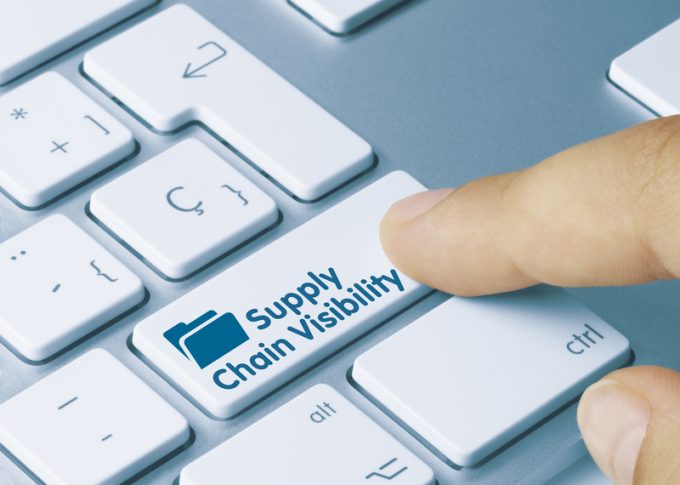FourKites 'management refresh' brings in new executives
FourKites has today announced additions to its senior leadership team in a bid “to maximise ...

The Covid-19 pandemic exposed how vulnerable supply chains are to disruptions. During the latter half of 2020 and throughout 2021, ports all over the world became bottlenecks in the flow of global supply chains as a surge in imports to meet housebound consumer demand overwhelmed terminal operations.
Vessels were forced to wait offshore for days before getting the chance to unload freight.
With worsening port congestion, longer lead times, delays in delivery and shortages in production, heavily impacted by events such as ...
MSC Elsa 3 sinking – now the 'blame game' begins
After DSV 'cuts the cake' on Schenker acquisition, time for redundancies?
Congestion fear as US west coast ports brace for transpacific cargo surge
Bad news for shippers as wave of transpacific rate increases continues
Houthis claim Red Sea safe for box ships not calling at port of Haifa
Shippers hold their breath as Trump appeals court ruling that tariffs are illegal
No deals with carriers, say Houthis – Red Sea safe for non Israel-affiliated ships
Schenker's Shirley Sharma Paterson moves to K+N as global head of sales

Comment on this article